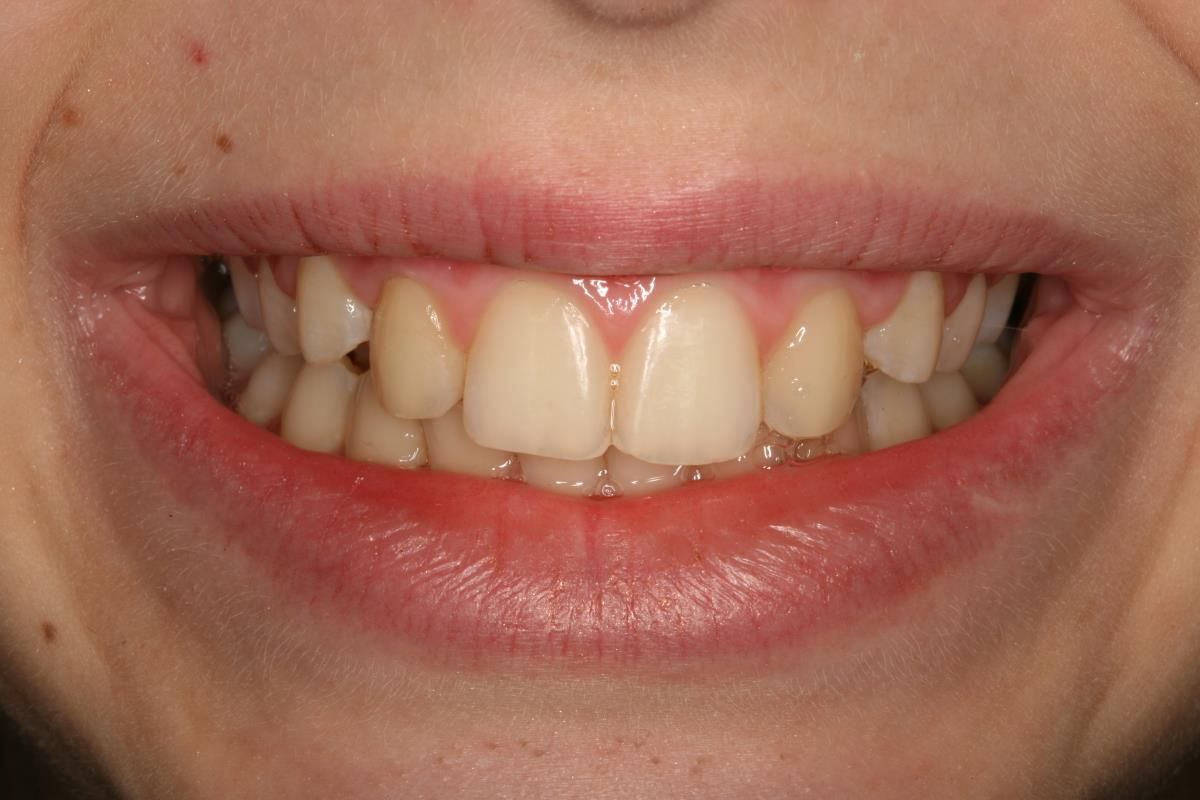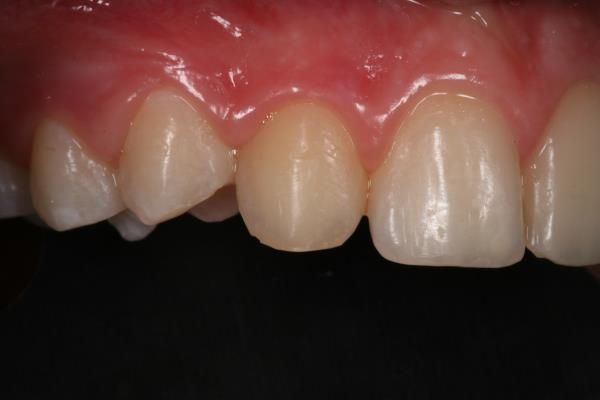


Write your awesome label here.
Write your awesome label here.
Write your awesome label here.
Write your awesome label here.
Write your awesome label here.
Write your awesome label here.
Write your awesome label here.
Write your awesome label here.
Write your awesome label here.
Write your awesome label here.
Write your awesome label here.
Write your awesome label here.
This 14-year-old female was referred to my practice post-orthodontics.
A ‘canine substitution’ case is where the orthodontist intentionally allows the maxillary canines to erupt into the congenitally missing lateral positions, with the intent of having the restorative dentist esthetically restore the canines to appear like lateral incisors.
If the canines are of normal size and shape, or if they are larger than normal, it may not be possible to reduce the canines enough to create normally shaped lateral incisors.
It is common with congenitally missing lateral incisors (or peg laterals) for the maxillary central incisors to be more narrow than normal (8.5 mm mesial-distal). If the maxillary central incisors are more narrow than normal, then it is imperative that the lateral incisors (or the canine restored teeth) not to be too wide, otherwise the normal central incisor/lateral incisor relationship will be challenged, creating improper tooth proportions, and ultimately ‘tension’ in the esthetics of the smile.
Notice the gingival margin position of the maxillary first bicuspids. The orthodontist intruded the bicuspids so that the gingival margins are apical to the canines that are in the lateral incisor position. This is absolutely a critical issue when the orthodontist sets up the case. It is paramount that the dental team considers the relationship of the lips, gingival margin heights, and tooth placement and form when positioning the teeth.
When I am treating adolescent patients like Lizi, I believe that minimal tooth preparation is essential. I find that direct resin bonding is the ideal restorative material for most of these cases as I can have minimal tooth removal while creating ideally contoured final restorations. The treatment for Lizi consisted of utilizing a nano-filled composite for the lingual and incisal shelf, opaquers to block out the transition zones, tints to add color and intensives, and finally, microfill composites for the surface to provide the optimal surface texture and luster.





